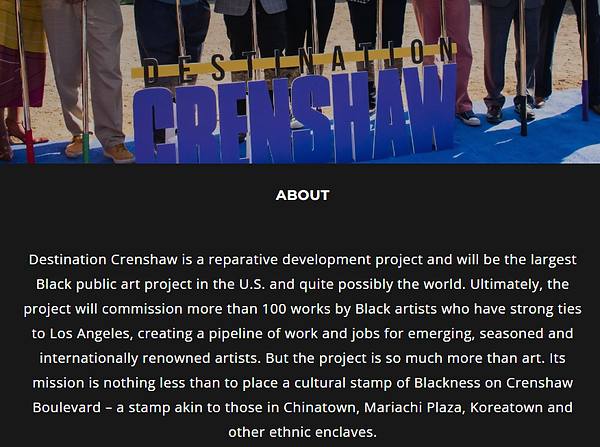Technology alone is not the solution, but when used wisely, it can move us toward sustainable development that benefits all

New York City Electric Buses: First deployments focused on EJ (environmental justice) neighborhoods like Harlem and South Bronx to reduce pollution, improving public health
Los Angeles: Adaptive traffic signals are helping reduce delays and emissions in LA's highest need corridors. These upgrades support Metro's "NextGen Bus Redesign," which expanded services into underserved neighborhoods. Together they formulate a solution that makes buses faster, cleaner, and more accessible.
Portland: Since 2016, Portland's Ride Report program has logged over 400,000 rides and 1.2 million miles, helping the city prioritize safety upgrades in high-risk areas.
Boston: Boston's Transit Equity Dashboard helps planners redesign bus routes with equity in mind. This is accomplished by tracking access through race, income, and disability. The city utilizes real-time data to prioritize service upgrades where they are most needed, preventing widening gaps in job access.
Smarter Traffic, Cleaner Streets: Adaptive Traffic Signals
-
Use real-time data instead of outdated timers
-
Improves traffic flow and bus reliability in congested areas
-
Reduces unnecessary idling to lower emissions
-
Helps avoid building new roads by making better use of existing ones
-
Some systems, like OSaaS can update timing every few weeks, this is far faster than the 3–5-year average for manual retiming

The Crenshaw Line reflects what restorative infrastructure looks like. It is about connecting people, honoring culture, and investing in the futures of the communities it serves.


